If you take a drive around more wild areas of town though, cheerful is not what you'll be feeling.
'Bradford' is a specific cultivar of Callery Pear (Pyrus calleryana), and is a widely planted ornamental tree. Here's what Karen Neill at NC State wrote about Bradfords in 2013:
The Bradford pear is a specific cultivar of the ornamental Callery pear. It usually grows 25-30 feet tall, with a canopy perhaps 20-25 feet wide, noted for its lovely, uniformly rounded form. That consistently rounded shape lends itself to symmetrical landscape plantings, and many homeowners will plant Bradfords to line their driveways. The tree blooms dependably, displays wonderful fall color, and, best of all, has virtually no insect or disease problems.Fantastic! Even I can verify that it looks great:
So, what's the problem? I'm going to skip the part about the structural weakness from all of those upward-angled branches that makes pretty much every one of these trees split open once it reaches a decent size. I want to focus instead on the other problem with this ubiquitous tree.
Karen again:
Originally bred to be sterile, this ornamental pear tree was never intended to produce fruit. In reality, though, it is often pollinated by newer Callery pear cultivars (“Aristocrat,” ‘Chanticleer,” “Cleveland Select,” and “Redspire”) that were developed to overcome some of the Bradford’s structural issues. This cross-pollination can lead to viable seeds, and that’s where the real trouble starts. The offspring of those well-mannered ornamental pears are, to put it nicely, aggressive thugs. They spread rapidly with the help of birds dropping their seeds, and the resulting plants are thorny invaders, choking out native wildlife habitat wherever the seedlings take hold.Enough reading for now? Let's see what exactly this means.
(All of these photos were taking in a moving car, so I apologize in advance for any non-ideal images)
Purposefully planted, not too far from my neighborhood:
We're driving north on highway 141 if you're familiar with the area or want to take a look at a satellite map. As we approach Clayton road we see the first evidence of a problem:
To the right of that church it looks like a dozen or so purposefully planted, but everything growing between the camera and the church was planted by birds.
It would be pretty if it wasn't so sad.
As you approach the I-64 interchange, things get worse. Not too bad at first...
...but a little farther ahead it starts getting a little more evident...
...and then gets really bad:
I should point out that these trees are not everywhere. Here's proof of that:
That image also shows that bush honeysuckle is much more of a problem than Bradfords at this time -- all of the green undergrowth is that invader.
At least nobody plants Bradford pears anymore, right?
Wrong! Here's a newer subdivision with a row of them planted. Maybe they're newer cultivars, but that hardly seems to matter does it?
Still going north we reach some of the Missouri River flood plains. The trees are here too!
Were they human or bird planted? I'm not sure, but probably bird.
Heading back south now there's a completely wild area that's going to be fully Bradford pear in a decade I bet:
 |
| All 3 baddies: Bradford Pear, Eastern Cedar, and Bush Honeysuckle. |
This is how it starts:
And you can see the progression as we move along:
I had lots more photos, but I can't take any more.
Now that you know more about Bradford Pears, how do those blooming trees in your neighborhood look now?
Not so good to me!
.


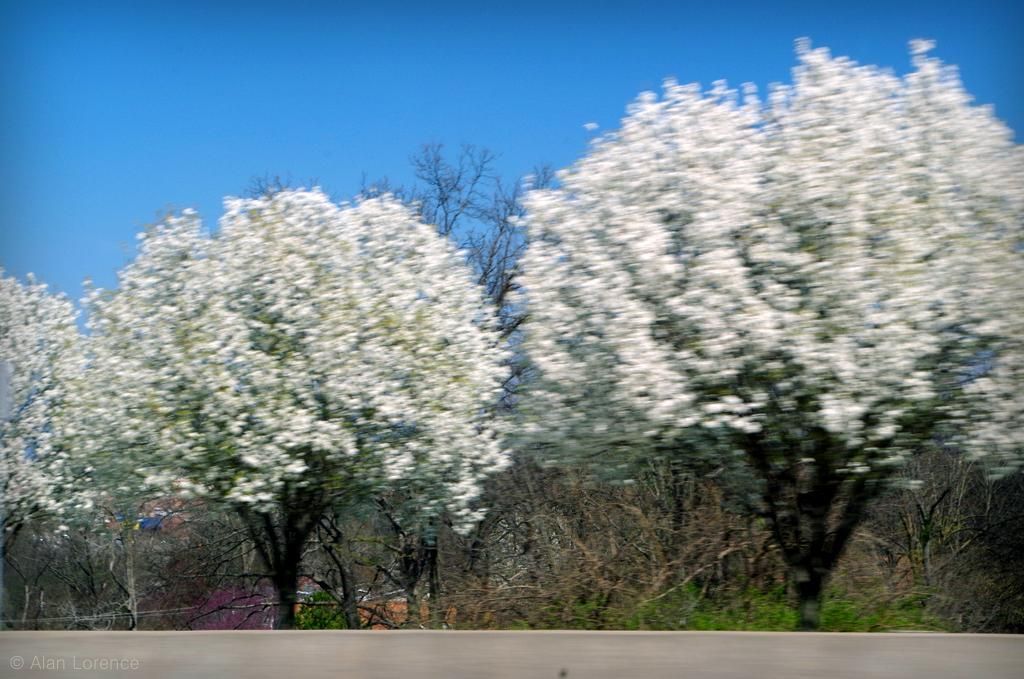

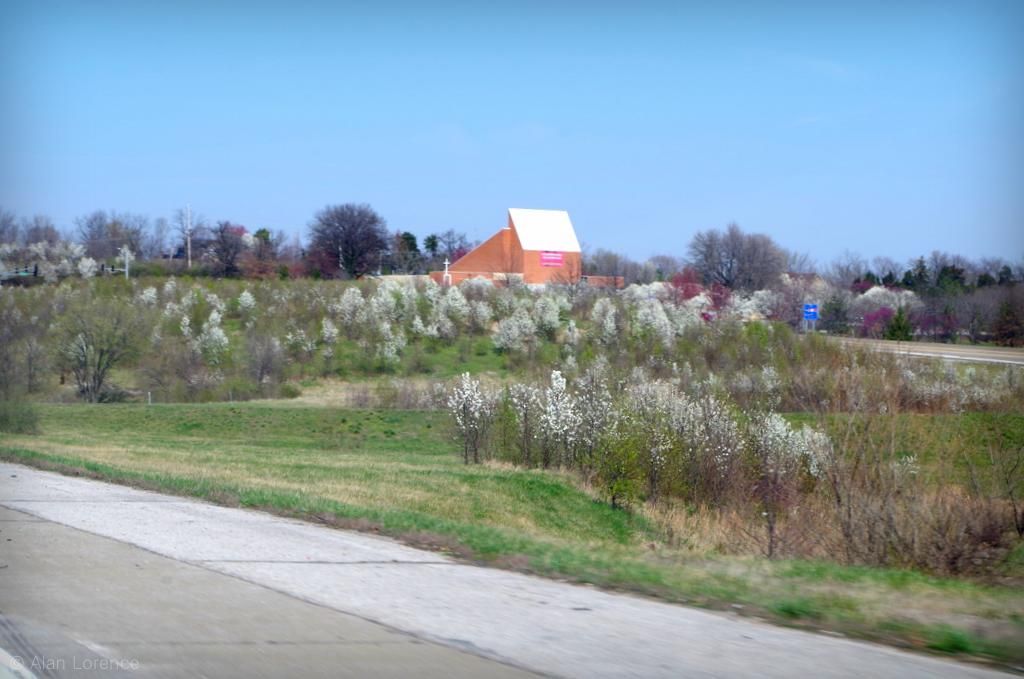
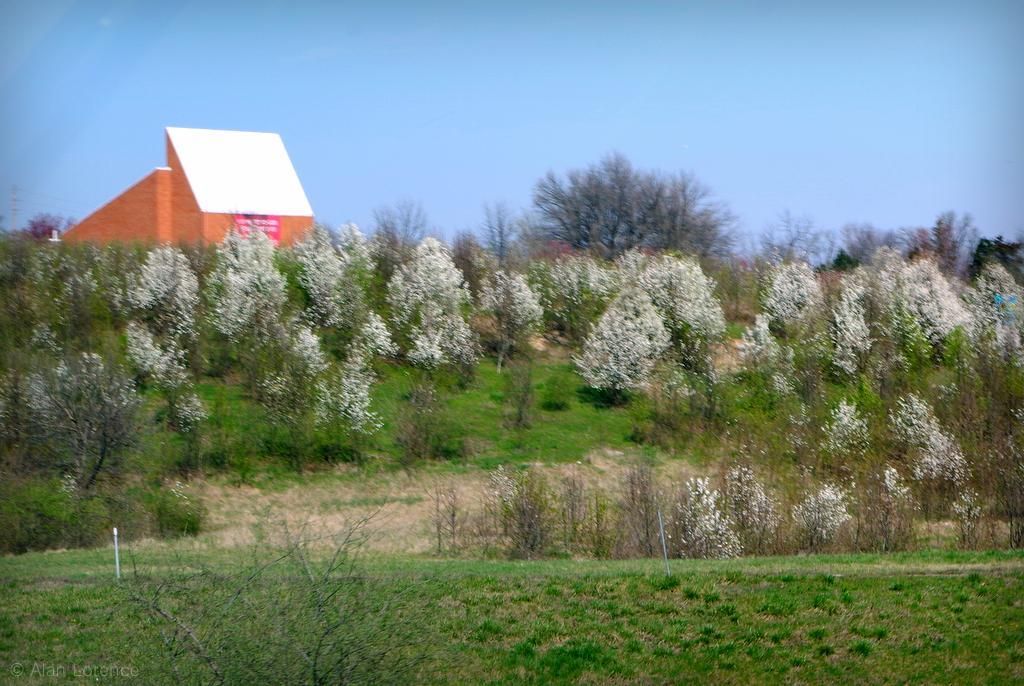
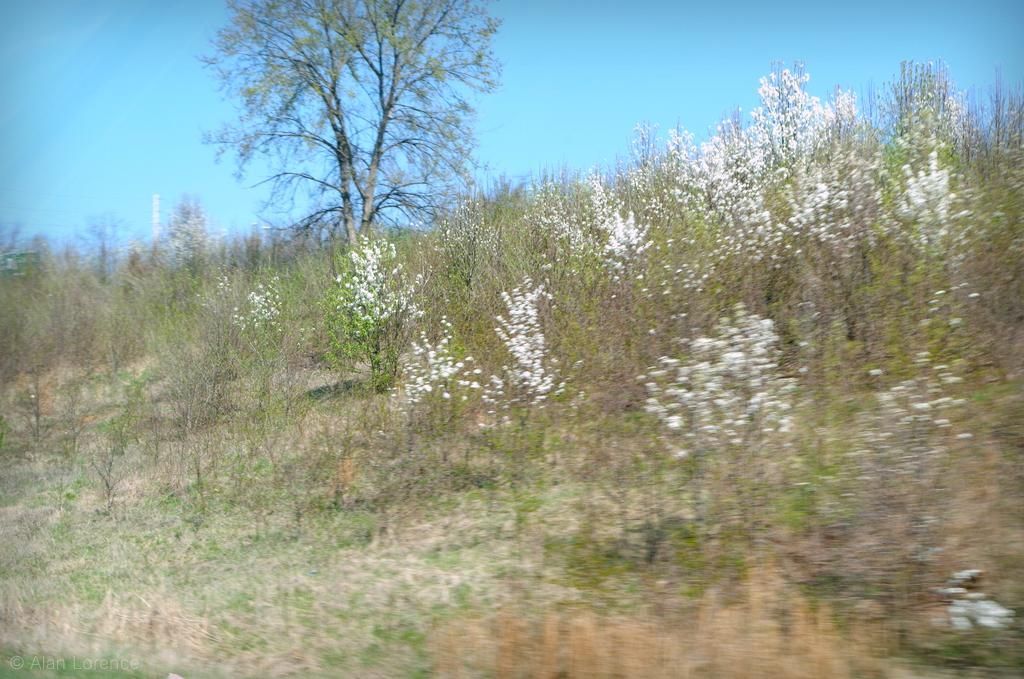

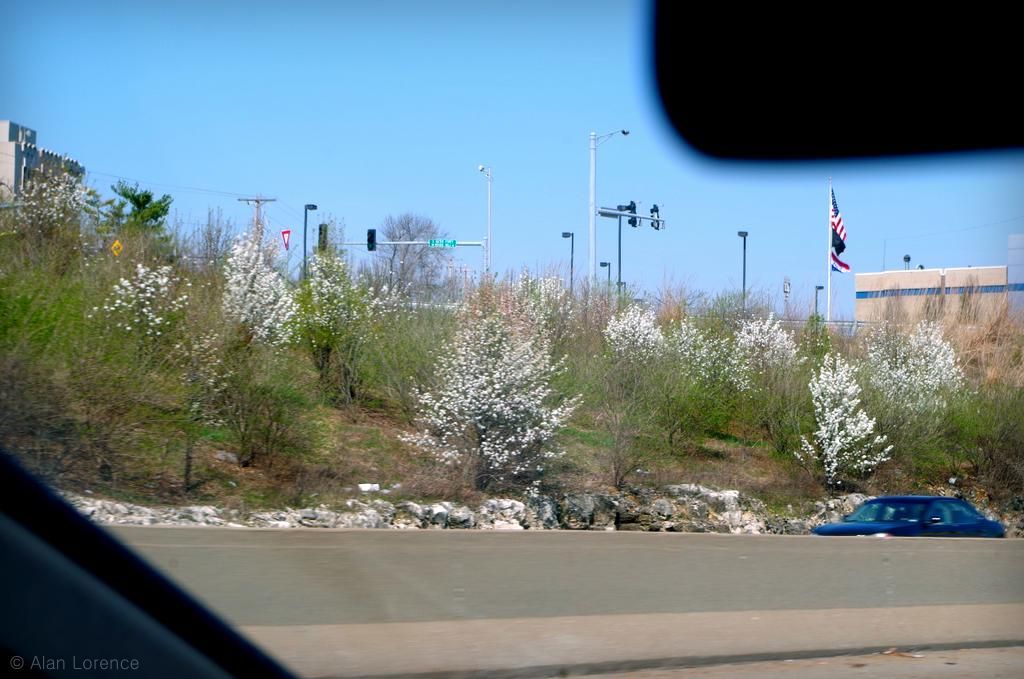
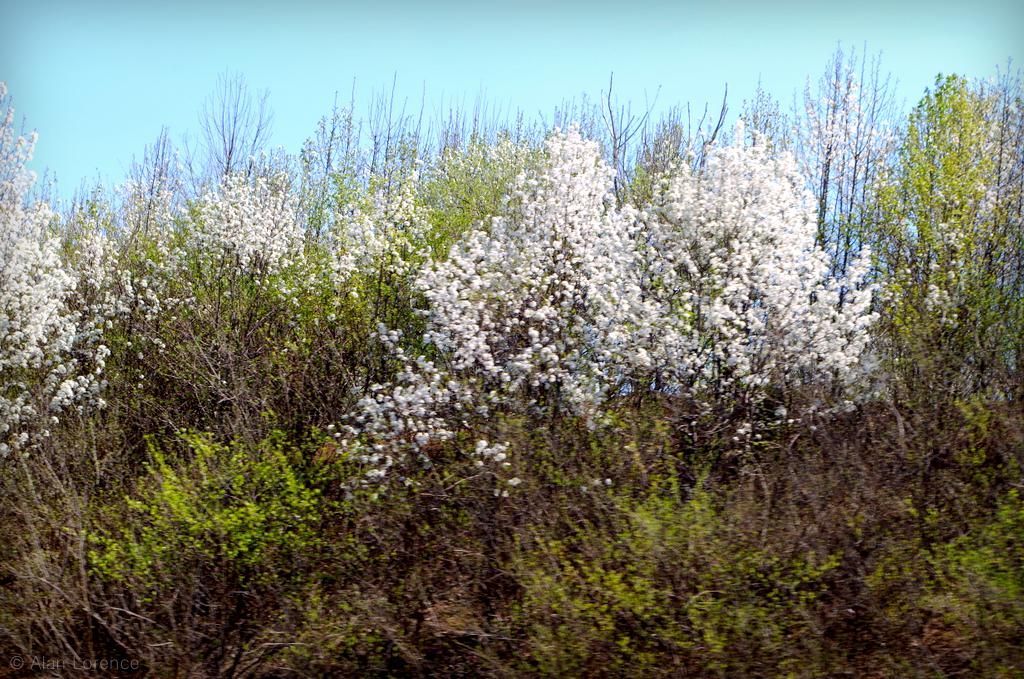

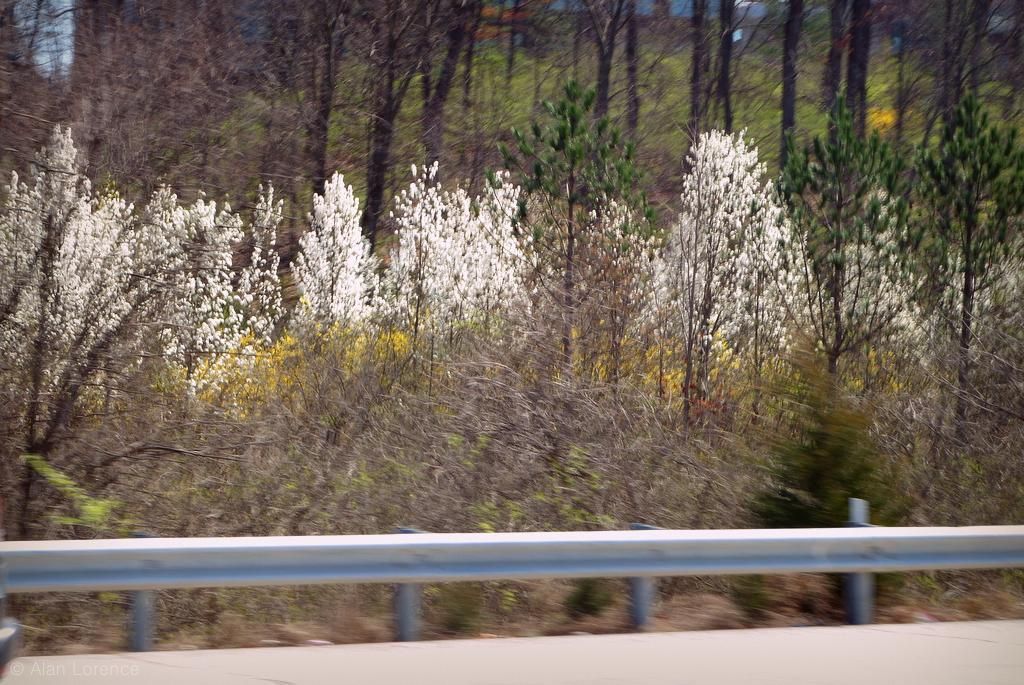
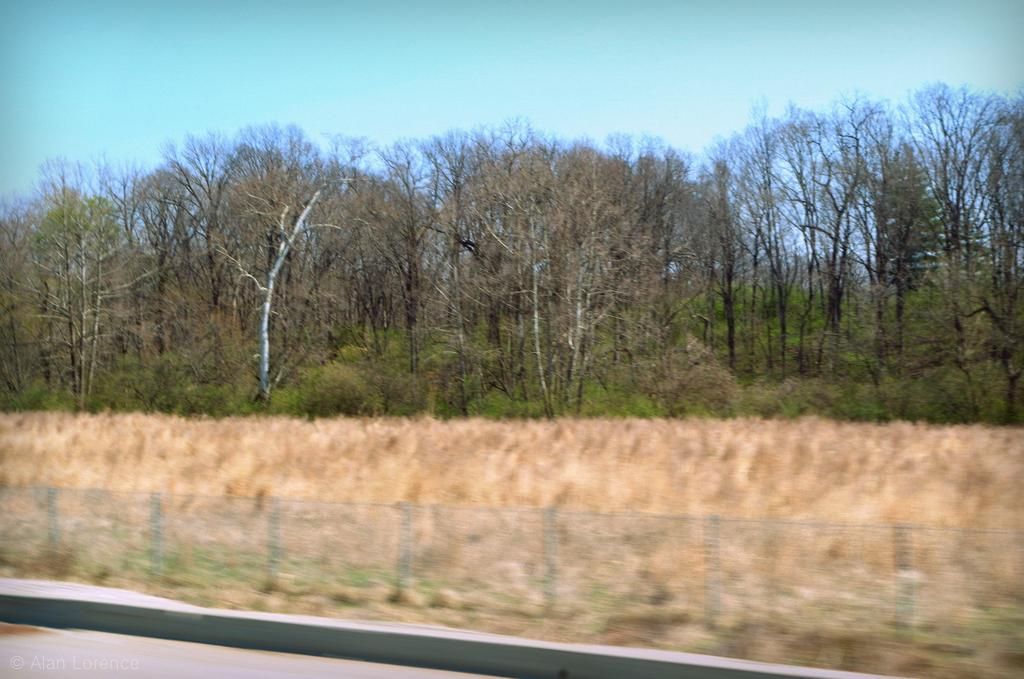
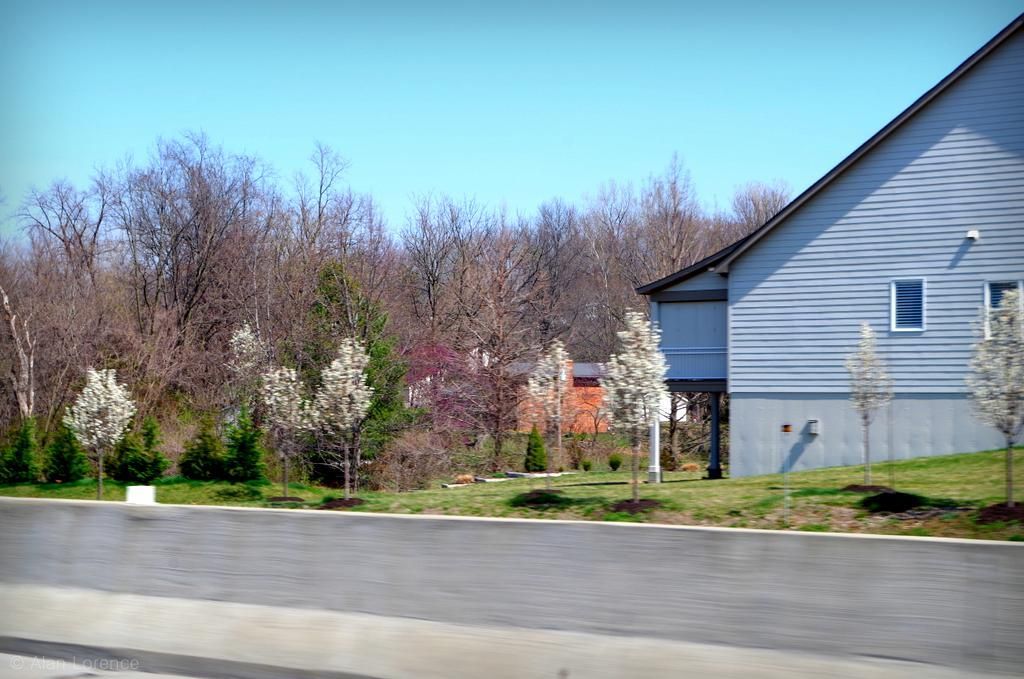
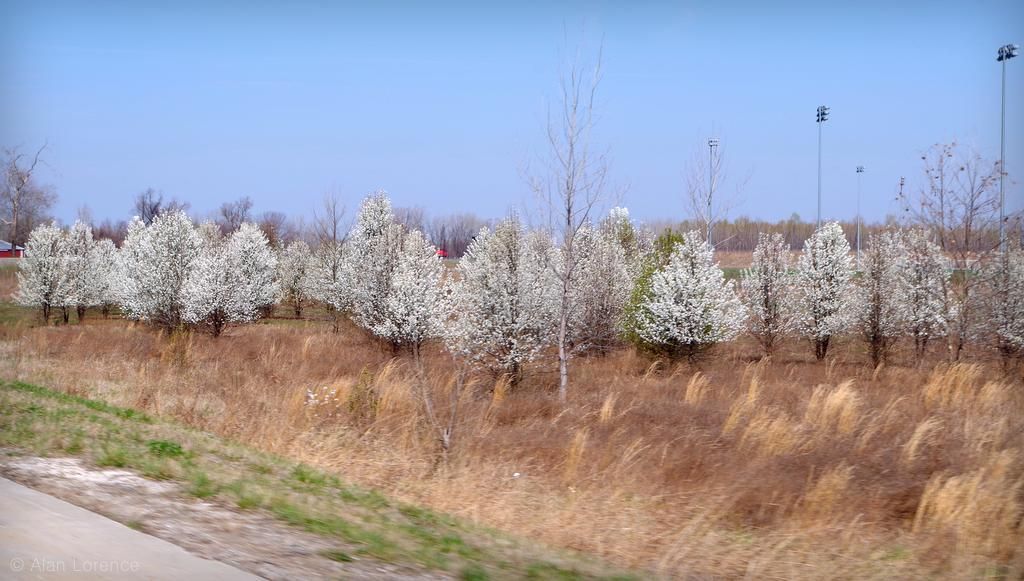
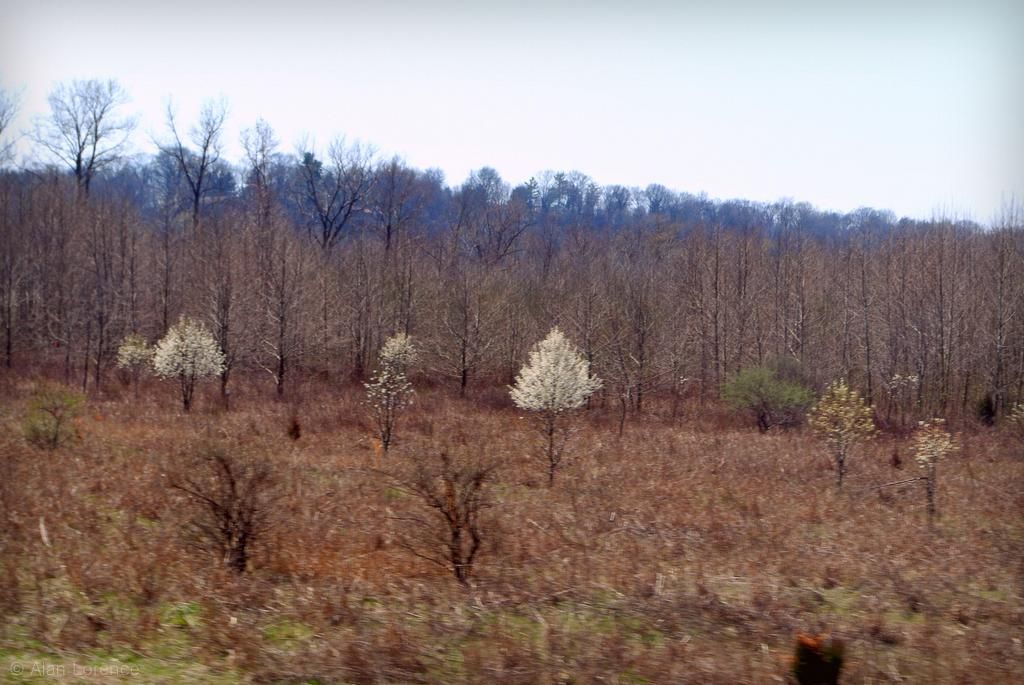
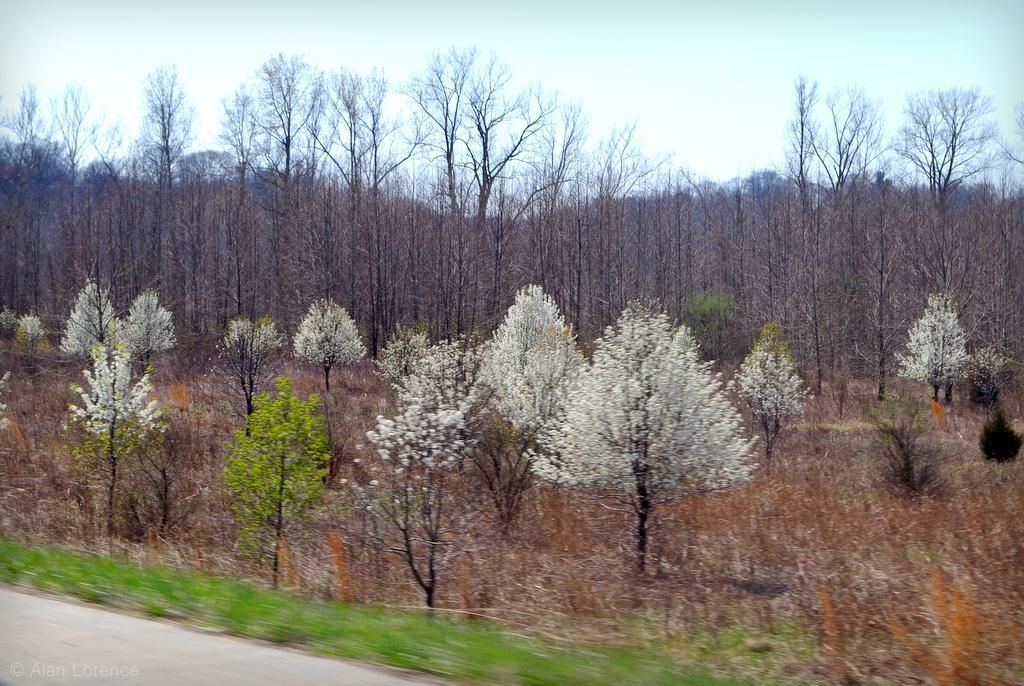
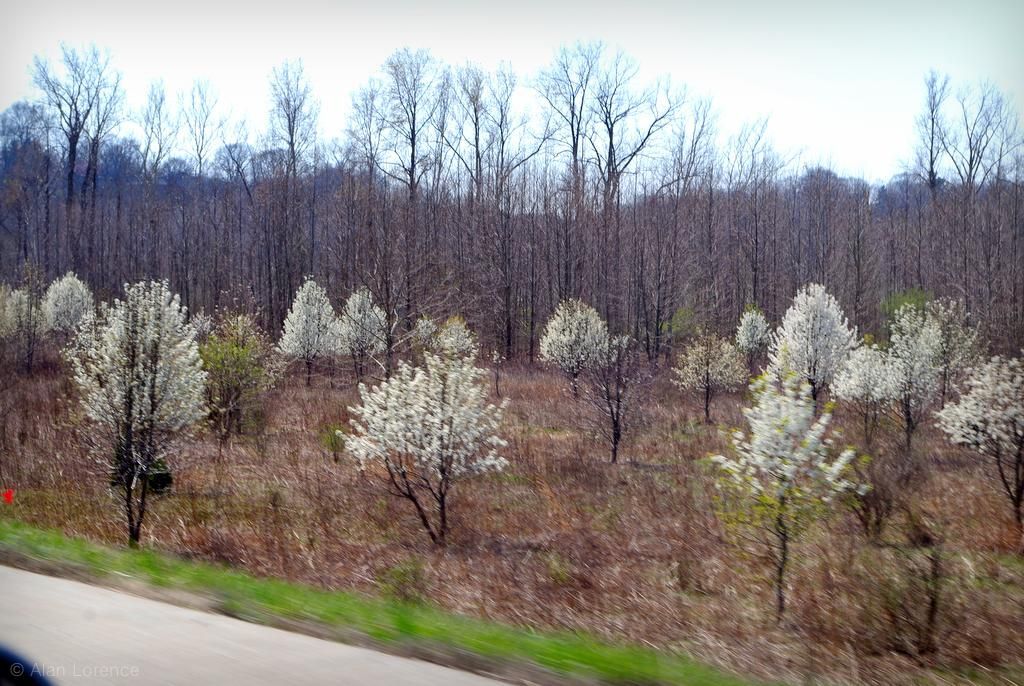
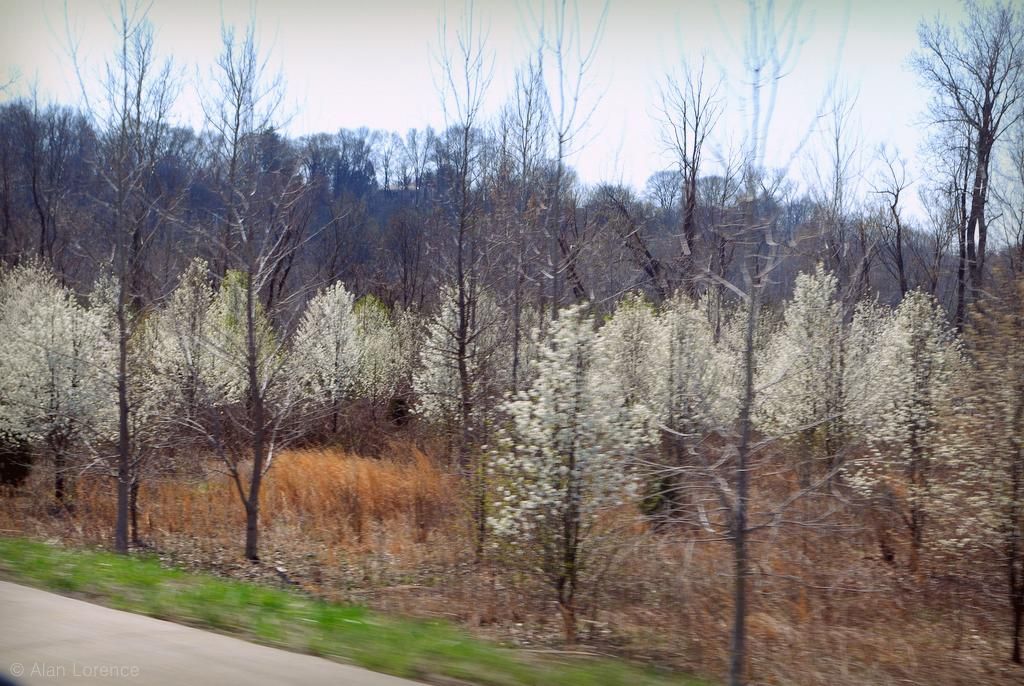

Wow. I thought those field bloomers were shad bush, tho the shape did put me off a bit. I didn't realize how invasive they are. Great post!
ReplyDeleteIt's a pity that such a pretty tree has such bad habits!
ReplyDeleteI'm in the KC area, and it's also noticeable here how these trees are invading wooded areas in the spring while they are in bloom. I'll also add that sometimes the fragrance of the trees in full bloom can be, ahem, unpleasant.
ReplyDeleteYou failed to mention the smell - we refer to them as the fishy pee tree. Nasty!
ReplyDeleteI think they smell like old pancake batter but "fishy pee tree" is catchier. Good call. Smelly tree.
DeleteTeri: thank you!
ReplyDeletePeter: there are lots of plants in that category, don't you think?
Heather and Lisa: I've never noticed the fragrance because there aren't any of these trees within a few blocks of my house. I'll take a whiff when I walk by one when I can. xP
Wow, your post is an eye opener. I hate no tree more than the Bradford pear. Virtually every house in our development had one at some point. Many have split apart and had to be removed. We still have one, and the fruit makes the biggest mess in the fall. In addition, the tree suckers and the flowers smell like I unwashed underwear, to put it mildly. I honestly don't know why it was ever considered attractive.
ReplyDeleteI just happened to come across this article:
ReplyDeletehttp://www.greenvilleonline.com/story/life/2016/03/21/curse-bradford-pear/82070210/